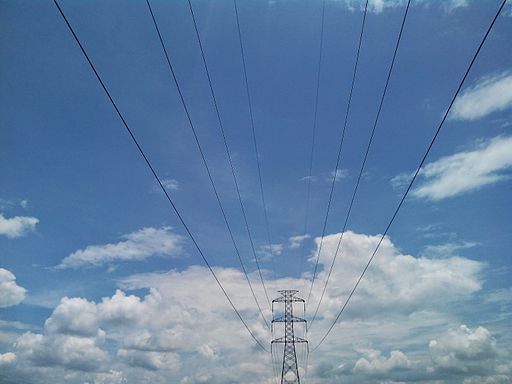Business
Nigeria Faced A Total Of 12 Power Grid Collapses In 2018
One of the 12 power shutdowns was partial while the rest were total

Latest data coming from the Ministry of Power, Works and Housing suggest Nigeria faced a total of 12 power grid collapses this year, including the recent one that took place on December 21. One of the 12 power shutdowns was partial while the rest were total.
A total system collapse means total blackout nationwide, while partial system collapse is a failure of a section of the grid, according to the Nigerian Electricity Regulatory Commission (NERC), reported Punch.
Specifically, five total power grid collapse occurred in January, one in February, one in June, one in July, two in September and one in December, while one partial collapse was recorded in April.
As per the data collected, total power generation as of 6 pm on Monday, December 24, stood at 4,214.30 megawatts, down from 4,402.20MW on Sunday, as six power plants, namely Sapele I, Alaoji NIPP, Olorunsog NIPP, Odukpani NIPP, AES, and ASCO, did not generate any megawatts that day.
Due to low demand by electricity distribution companies on Monday, the total generation capacity of 626.4MW remained unutilized.
The Nigeria Electricity System Operator has put the nation’s installed generation capacity at 11,165.40MW; available capacity at 7,139.60MW; current transmission capacity at 7,000MW; network operational capacity at 5,500MW, and the peak generation ever attained at 5,222.3MW.
According to data listed in NERC’s latest quarterly report, the national grid has continued to suffer system collapse over time because of a lack of spinning reserve. Spinning reserve is the generation capacity that is online but unloaded and that can respond within 10 minutes to compensate for generation or transmission outages.
Notably, none of the five power stations meant to provide spinning reserves namely Egbin, Delta, Olorunsogo NIPP, Geregu NIPP, and Omotosho NIPP had any actual reserve as of 6 am on Monday, with the contracted reserve put at 295MW.






